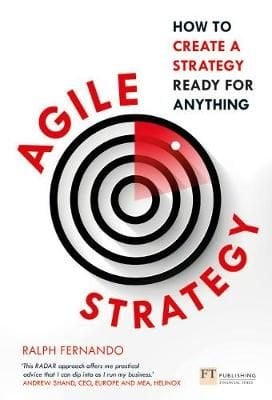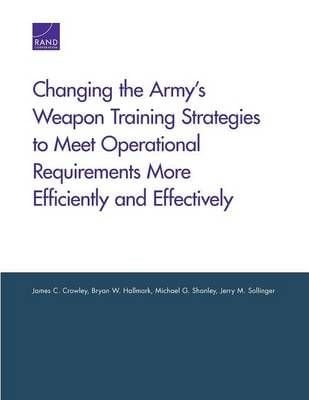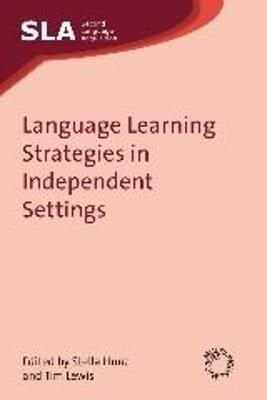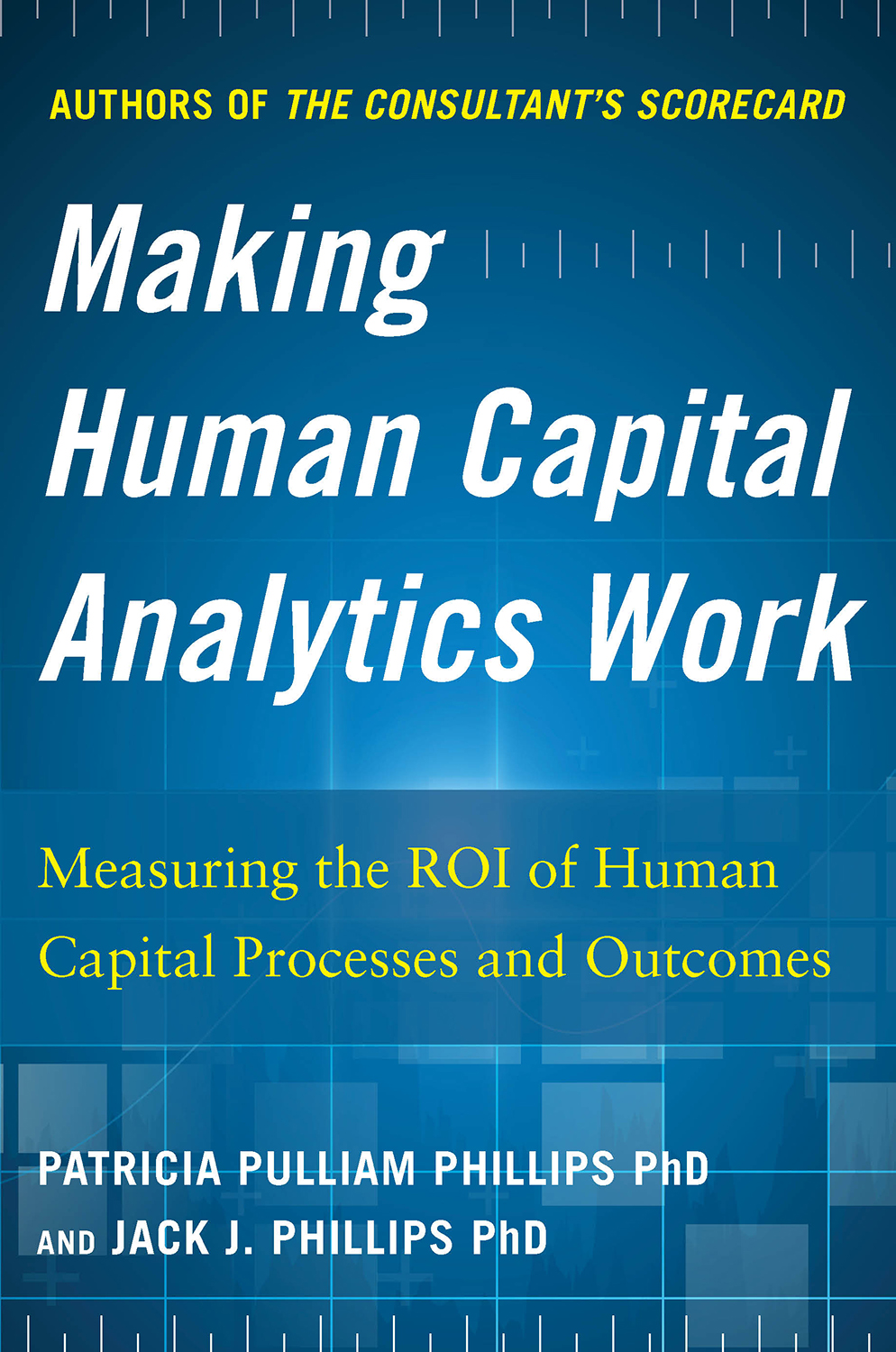Agile Strategy is a practical guide for managers responsible for setting the strategic direction of their organisations in increasingly dynamic markets. Through its frameworks, tools and real-world examples, it explains how to transform business performance through greater organisational agility. LEADERSHIP AND MANAGEMENT STRATEGY BUSINESS TRANSFORMATION Why do we need a new book on strategy? The pace of change is increasing, and strategic management is not keeping up. More than one in four (28%) strategic initiatives fail to meet their original goals and business intent[1], with insufficient agility identified as one of the top three barriers to successful strategy implementation[2]. The square peg of traditional strategy ? vision, mission and blue-sky exercises; the separation of strategy from ?implementation? ? no longer fits the round hole of increasingly dynamic markets. It is time for a new approach. How is Agile Strategy different? Agile Strategy distinguishes itself from other strategy and agile books currently available in that it is: Designed for large organisations: Much of the writing on agile techniques addresses start-ups or small and medium-sized enterprises (SMEs), which operate under very different constraints and freedoms. Agile Strategy is written for large organisations who want to be more agile. Commercially-led: The approach is not a lightly airbrushed business rewrite of agile software development practices, but rather a fundamental rethinking of commercial and operational business practices. Practical: It is anchored in innovative and robust concepts but designed as a practical ?how-to? guide: a book for practitioners, written by a practitioner. Results-focused: Whilst addressing a broad range of organisational topics, the book is grounded in the definition and delivery of measurable business benefits. Why should I read it? Agile Strategy offers four key benefits to its readers: A clear framework …












